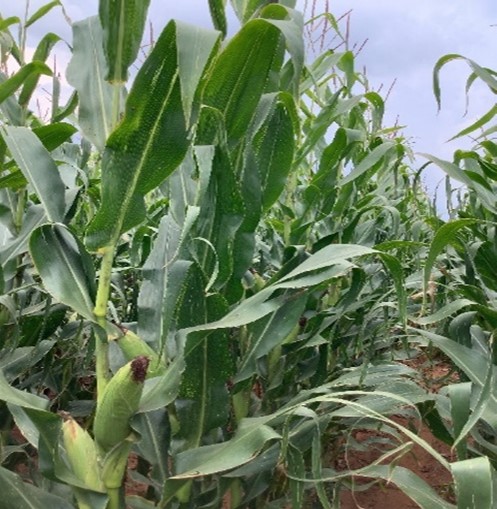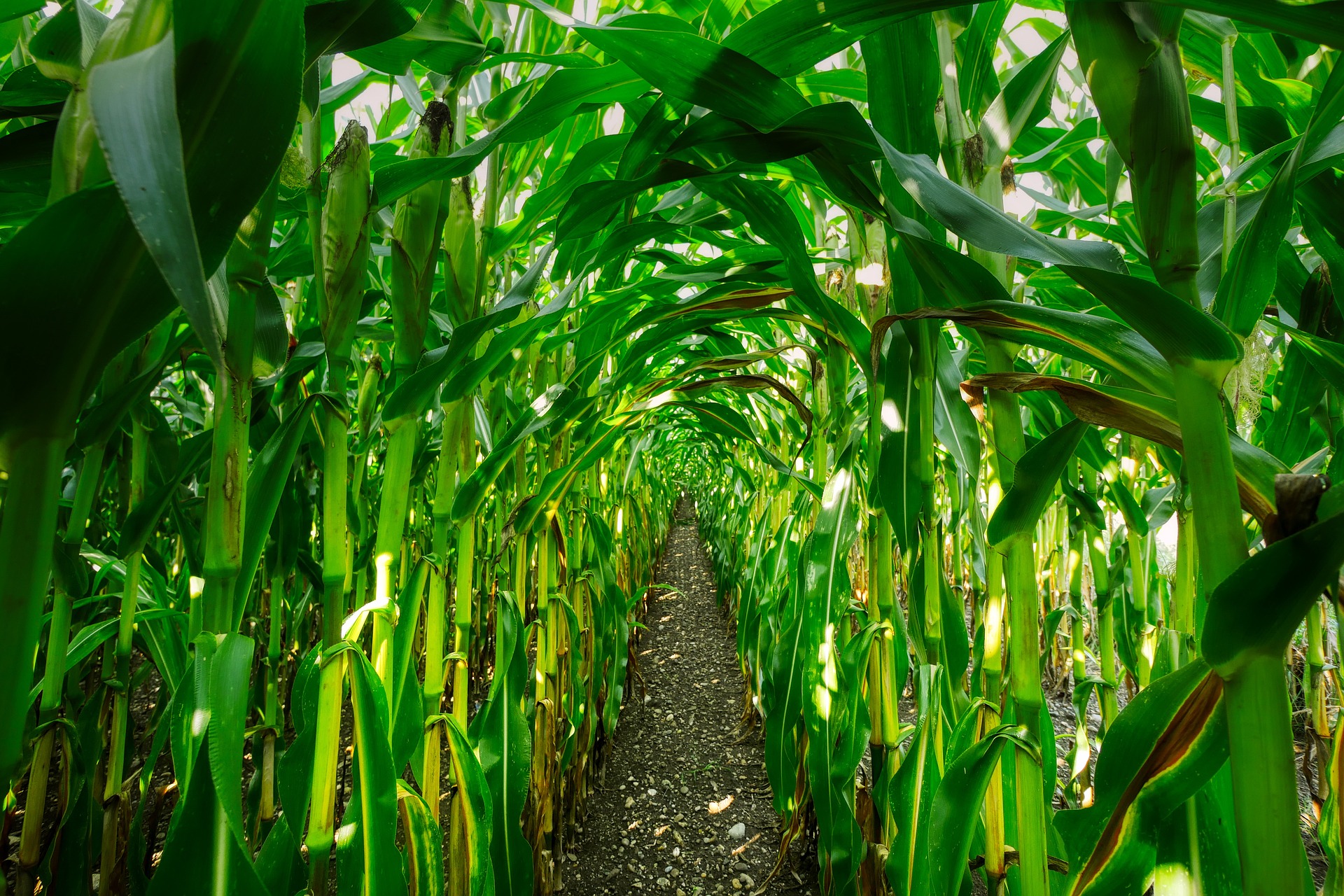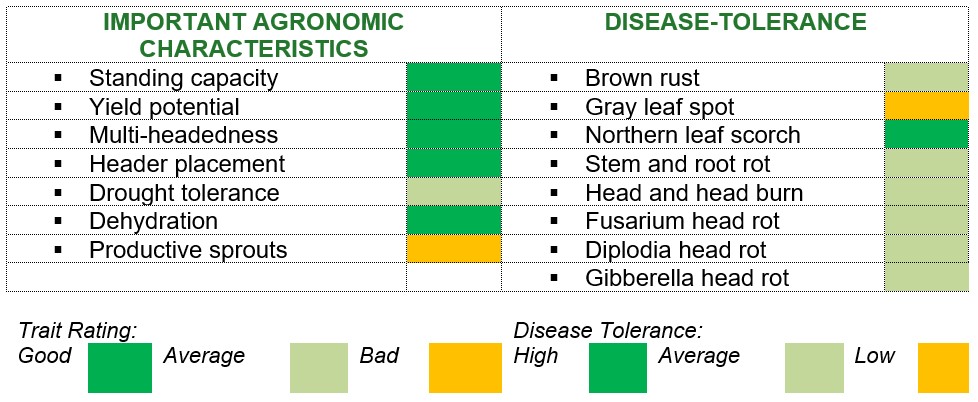Introduction
The development and large-scale implementation of hybrid genetics are one of humanity’s greatest achievements, resulting in a multifold increase in productivity over historical genetics. Few other scientific developments have had a greater impact on increasing the food supply available to the world’s population than the development of hybrid maize. Pure-line breeding, which is used to make inbred parents for hybrids, has been used to create new varieties of maize species that can pollinate themselves.
Ever-increasing crop yields have been one of the great success stories of modern history, helping to feed a growing world population and compensate for shrinking farm acreage. No crop has seen more impressive gains than maize, which has more than doubled in yield in the past half-century. These increases are due to improvements in both maize genetics and crop management practices. Whether farmers and scientists can continue to make yield increases at the same rate as in the past is another point of discussion. Some speculate that profits will inevitably level off as maize yields approach the “theoretical maximum” yield estimated by computer growth models. Others point to new ways of breeding, like using transgenic traits, genetic markers, doubled haploids, better information technology, and other changes that can speed up the rate of genetic gain.
How have single crosses changed visibly to increase yield?
Morphological data collected in Pioneer Era studies include harvest index, panicle size, leaf angle, anther-branch interval, stem and root development, sterility, and staying green. Thus, over time, grain mass became a higher percentage of total plant mass, thus increasing the importance of bushel mass. These above-mentioned traits are still of crucial importance in today’s breeding programs to produce increased yields. We can now clearly see the changed genetic lines in terms of frame, leaves, leaf angle, stem, panicle, head, etc. These differences make it important that placement be correct, especially between low and high plant populations, wide and narrow rows, and low and high potential areas. Among all changes to the maize plant, however, the one that should have primary credit for maize yield gains is the ability to withstand stress imposed by higher plant populations and still produce a head, resulting in more yield per unit area. When breeding for higher yields, adaptability and stability must always remain a priority. This is where Pioneer’s new medium growing season hybrids P1975 and P1975PW fit in very strongly.
P1975PW: New Pioneer hybrid for the Eastern production areas
- A new hybrid with the new PowerCoreTM (PW) technology that has a high and stable yield potential for production areas in the East with a medium (VRV = 120) growing season market.
- Hybrid with an excellent ability to make a second head in good conditions and lower plant stands.
- Pushes two heads mostly equally, but under stress instead uses energy to make a larger primary head.
- Has very good adaptability to both high and low potentials.
- Shows very good stability in terms of yield across all the Eastern territories.
- Good yield on higher potential soils.
- Fits very well in a package with P1788BR and P2432BR, because growth length is between P1788BR & P2432BR.
- Not large plant frame and head height may be low in lower plant populations.
- Heads are well placed in normal plant populations for the environment.
- Good foliar disease package, especially Northern Leaf Blight. It doesn’t have a gene for Northern Leaf Blight and can handle common leaf blight well.
- It is agronomically very strong and has strong seedlings.
- Is about 75 – 86 days after planting to 50% flowering and needs 760 – 800 daily heat units (HE) for that. Should be physiologically ripe approximately between 155 – 165 days after planting (R6).
Important agronomic traits
| Number of leaves | 22 |
| Multi-headedness index | 1.30 PW = 1.36 |
| Head-to-plant ratio (%) | 49.98 PW = 51.01 |
| Plant height (m) | 2.29 PW = 2.25 |
| Head height (m) | 1.15 PW = 1.15 |
| Plume colour | White |
| Beard colour | White |
| Cob colour | Red |
| Number of rows on head | ±18 |
| Hectoliter mass (kg/hl) | 73-76 |
Summary
Few other scientific developments have had a greater impact on increasing food supplies available to the world’s population than the development of hybrid maize. Herbert Hayes began inbreeding maize in 1909 and developed the inbred varieties used in the first practical maize hybrids. No person was more important to the commercialisation and farmer acceptance of hybrid maize than Henry A. Wallace, the founder of what became Pioneer. The Hi-Bred maize Company was organised and incorporated in Iowa on April 20, 1926, and was the first strictly hybrid seed company and the predecessor of Pioneer. New studies compare past maize hybrids with current hybrids, allowing researchers to evaluate genetic progress. In addition to genetic gains, better crop management practices have also contributed to improvements in maize yield. Genetic gains accounted for approximately 70 to 75% of total yield gains. However, genetic and management gains cannot be completely separated due to interactions between the two. Today’s hybrids have an improved kernel-to-stalk ratio, smaller panicles, more upright leaves, higher kernel mass, and better stay-green than older hybrids, and maize yields show no signs of decline either. Producers can expect future profits to continue if research is supported. Therefore, P1975PW is a good hybrid, that will fit into any package. In addition, the management of the new PowerCore™ (PW) technology must be protected with good administration and management practices; otherwise, it could have a negative impact on future food production.

For more information on Pioneer’s PowerCore™ technology and maize hybrids, go to www.pioneer.com/za or send an email to info.rsa@pioneer.com
Sources:
- Crop Insights: Corn Yield Gains Due to Genetic and Management Improvements – Pioneer – Steve Butzen & Stephen Smith
- Crop Insights: Innovators in the Advent of Hybrid Corn – Pioneer – Dr Lance Gibson










